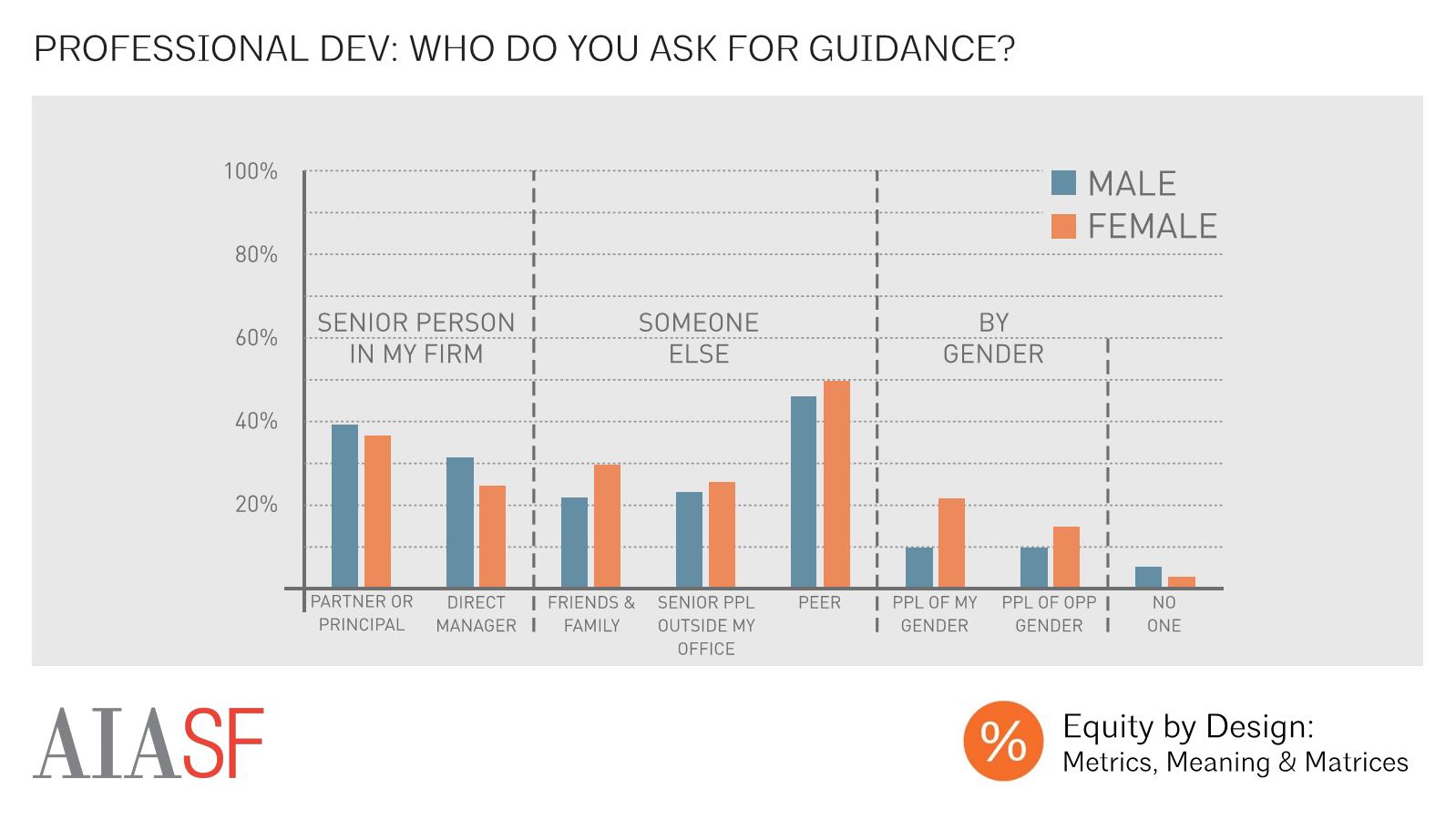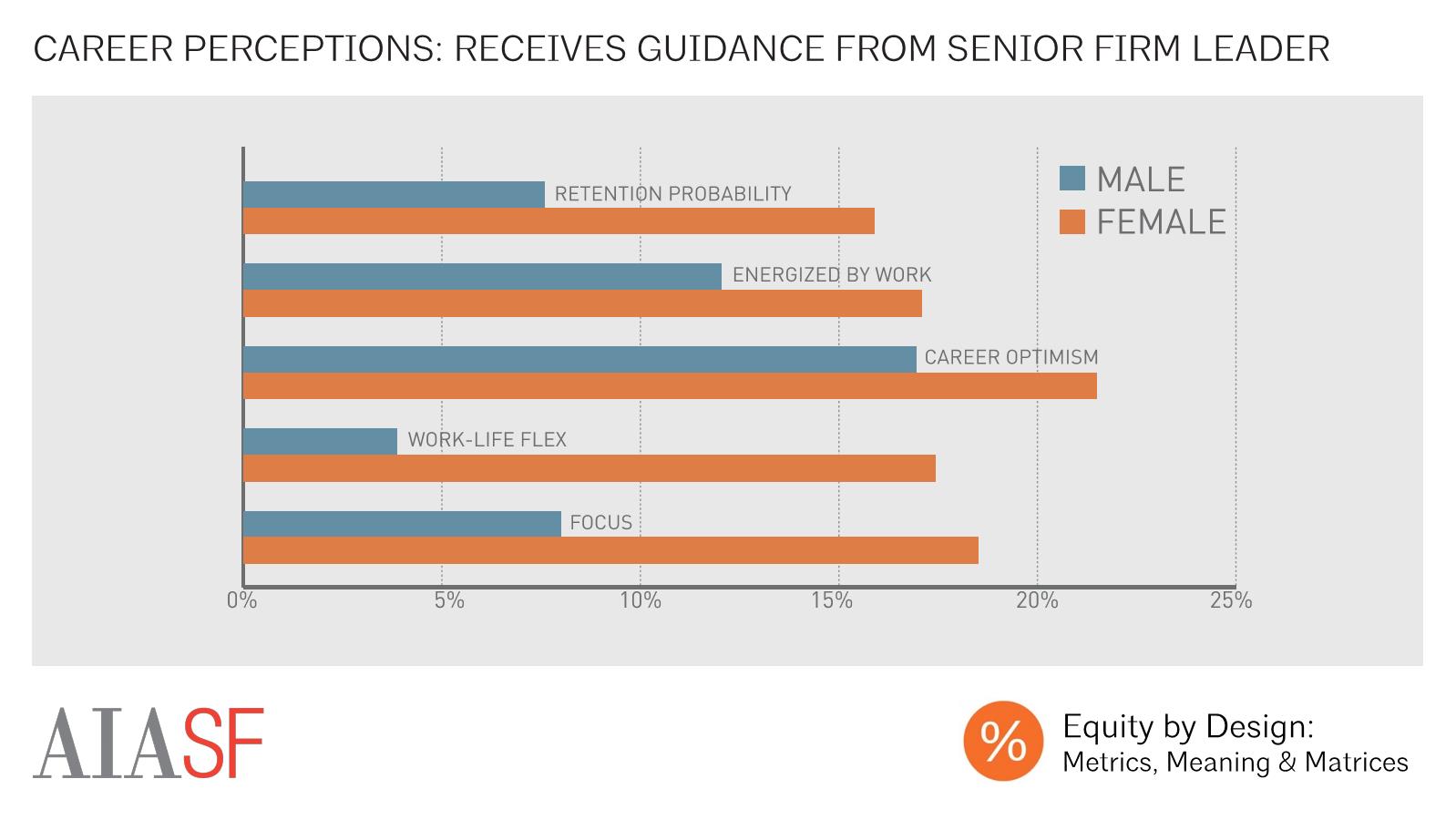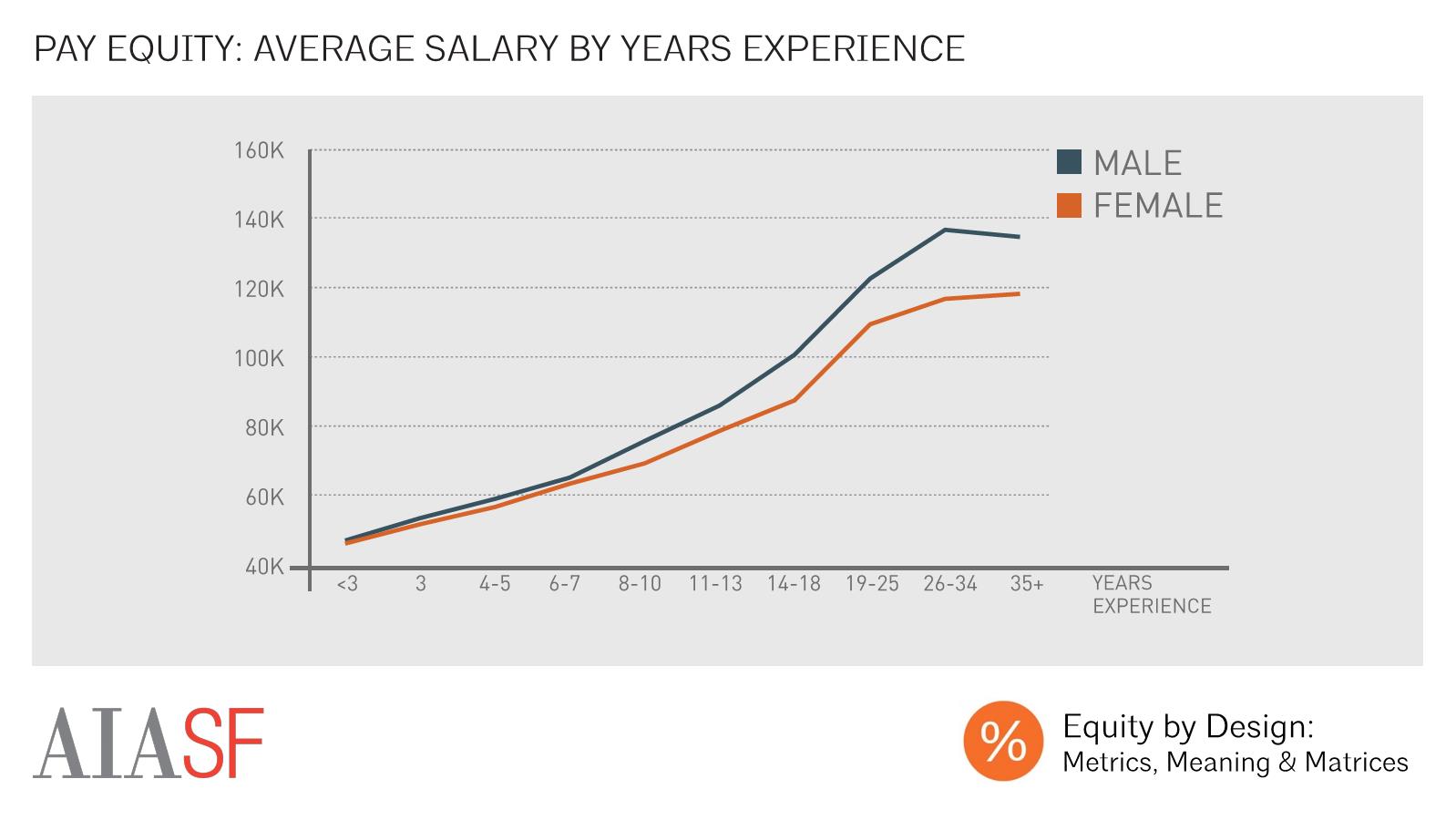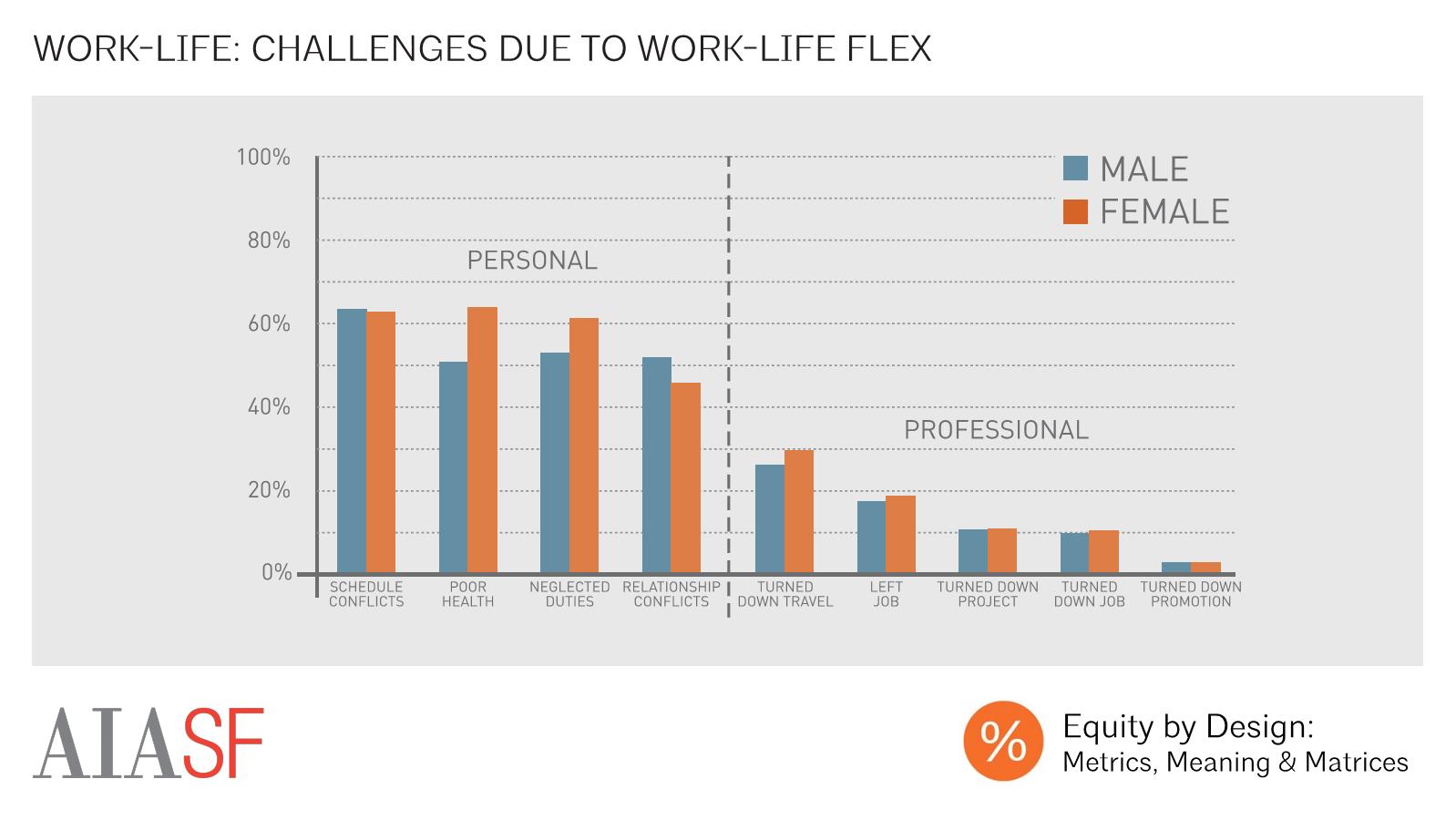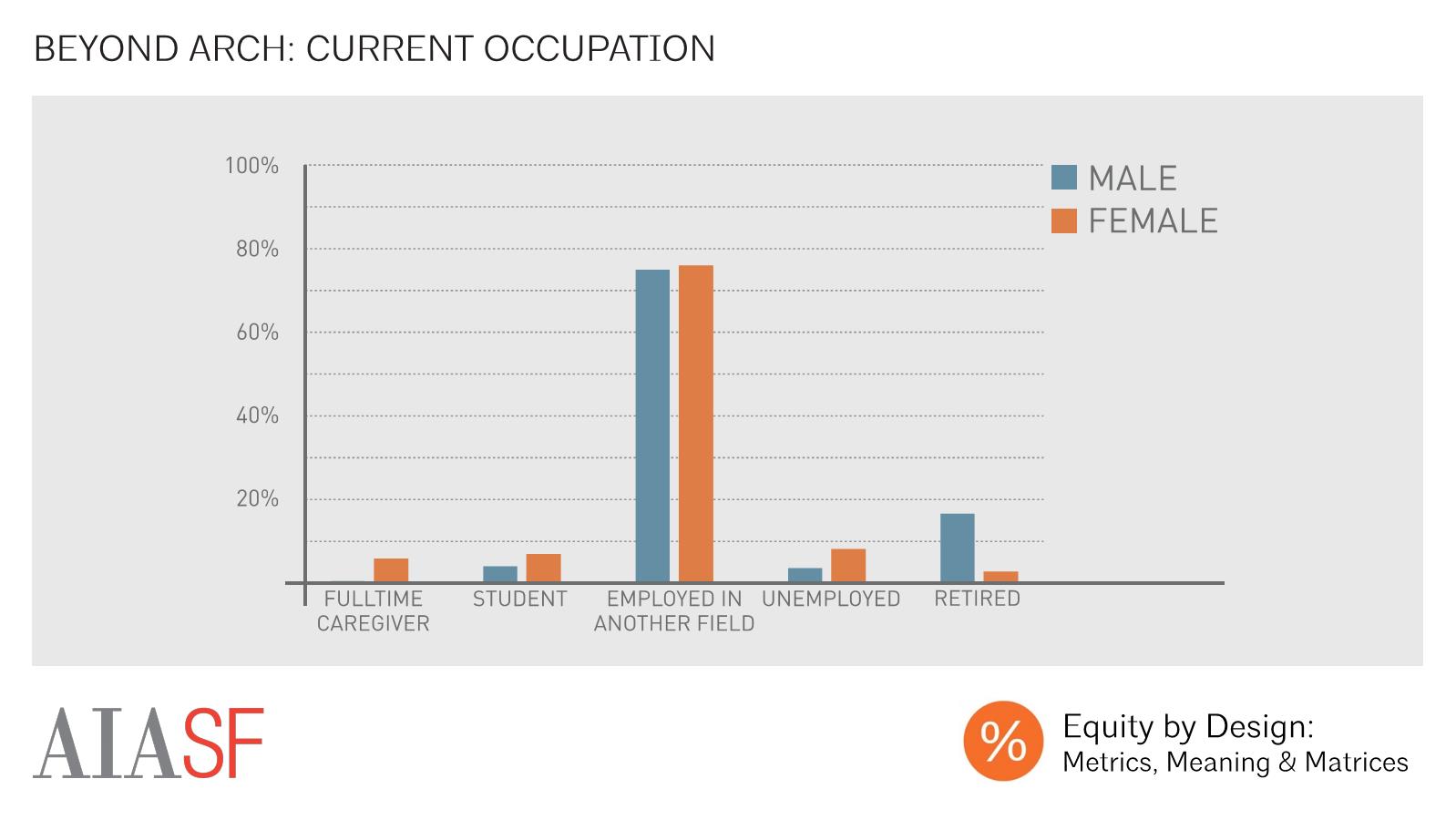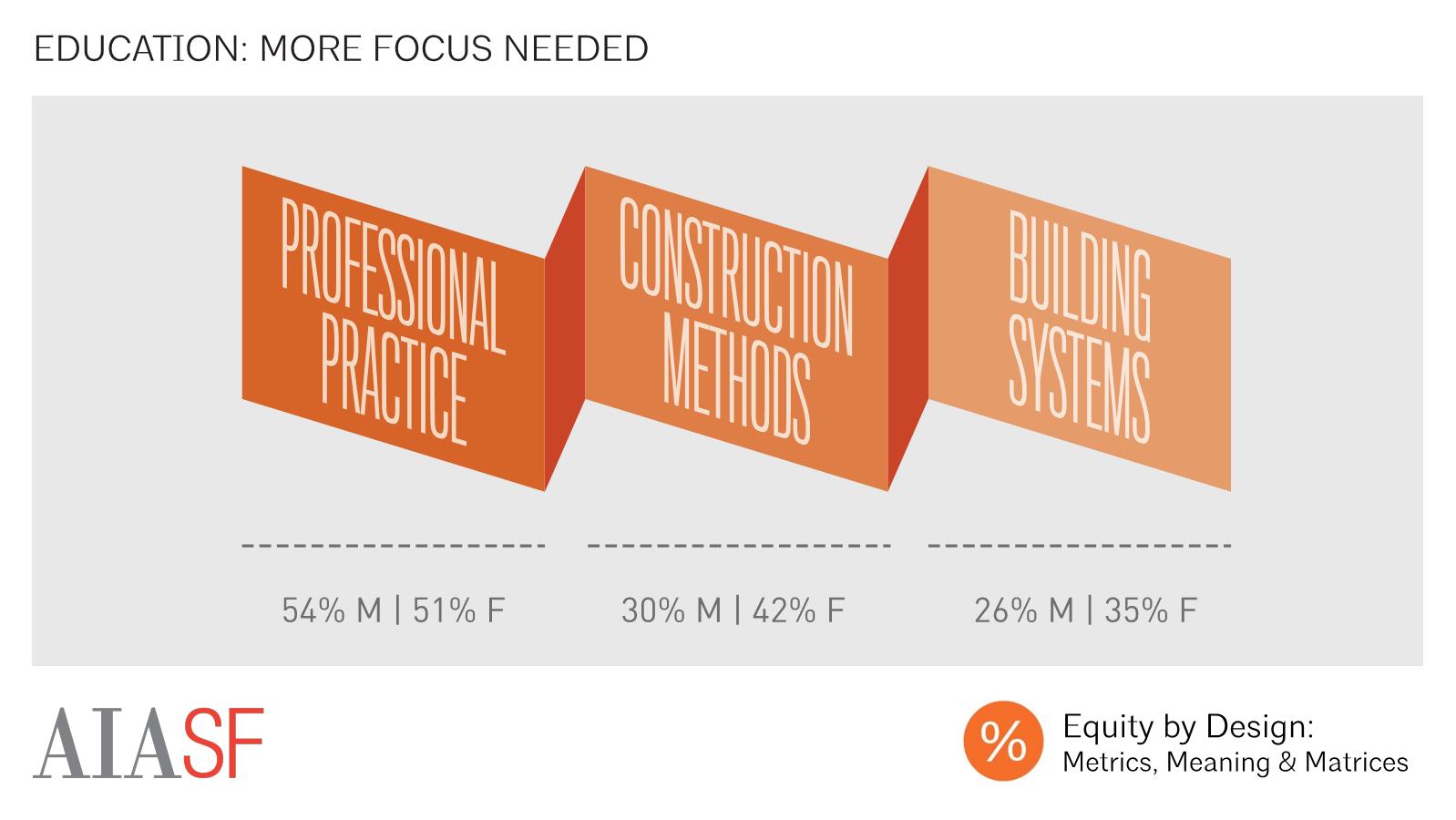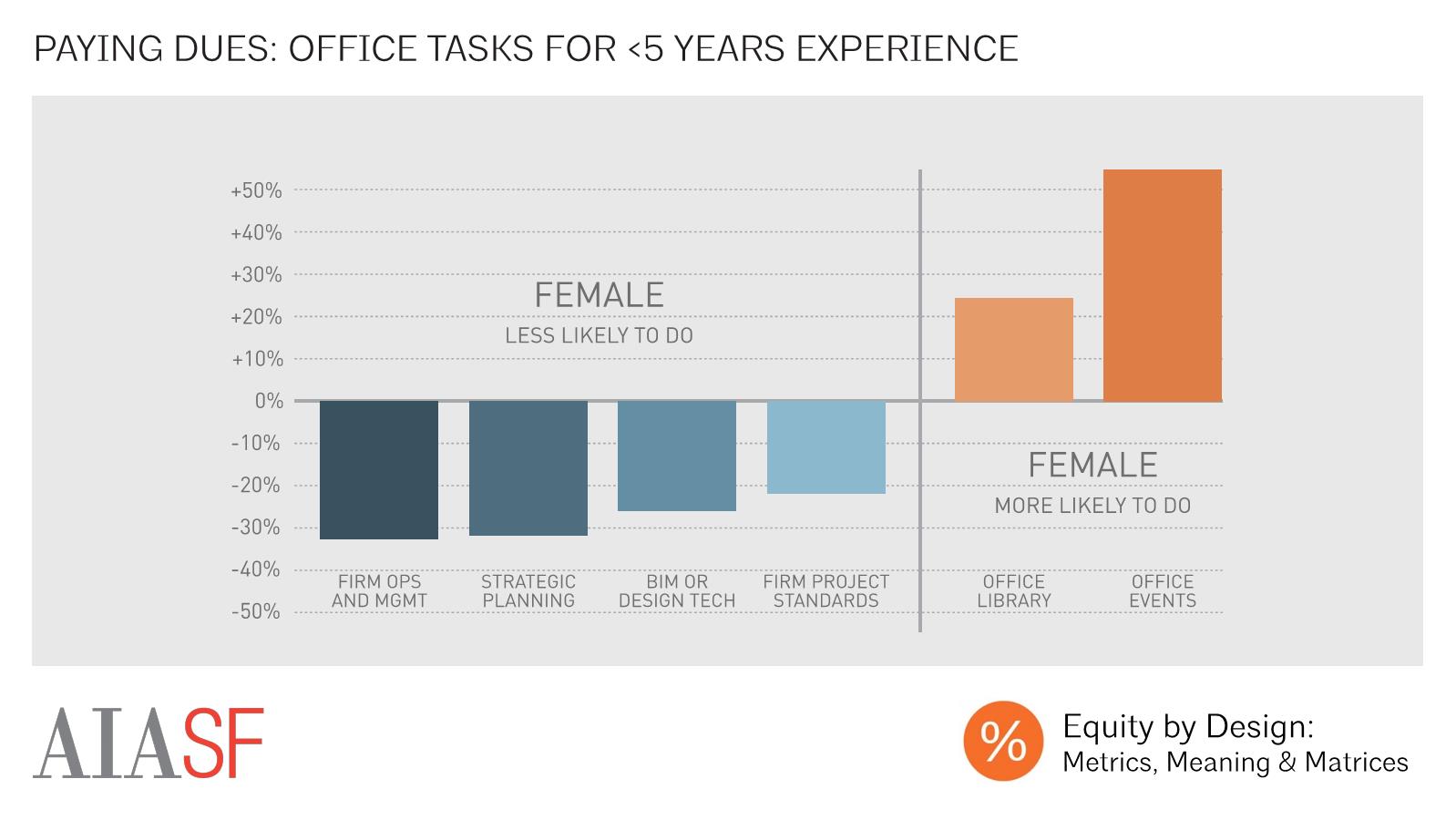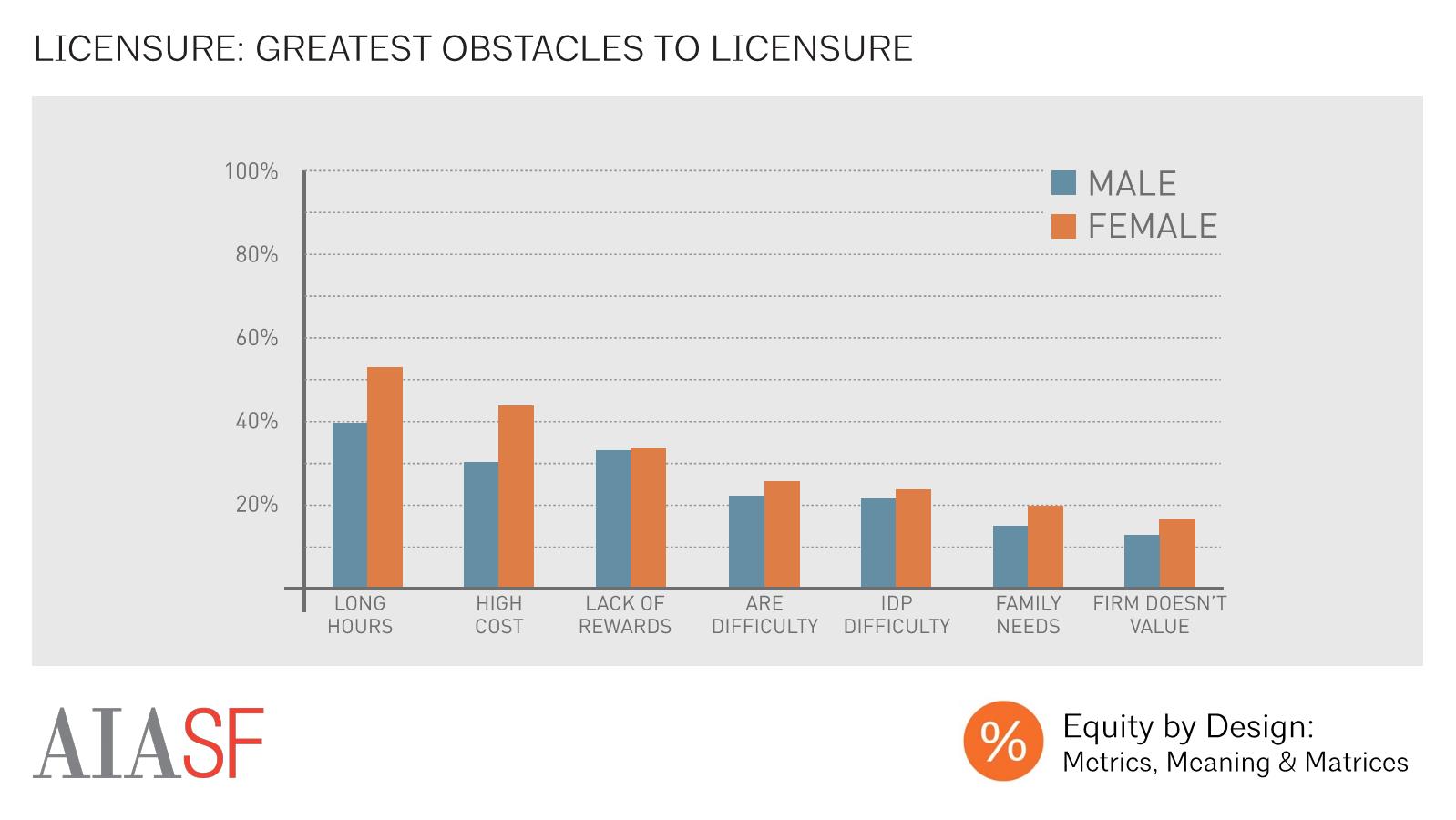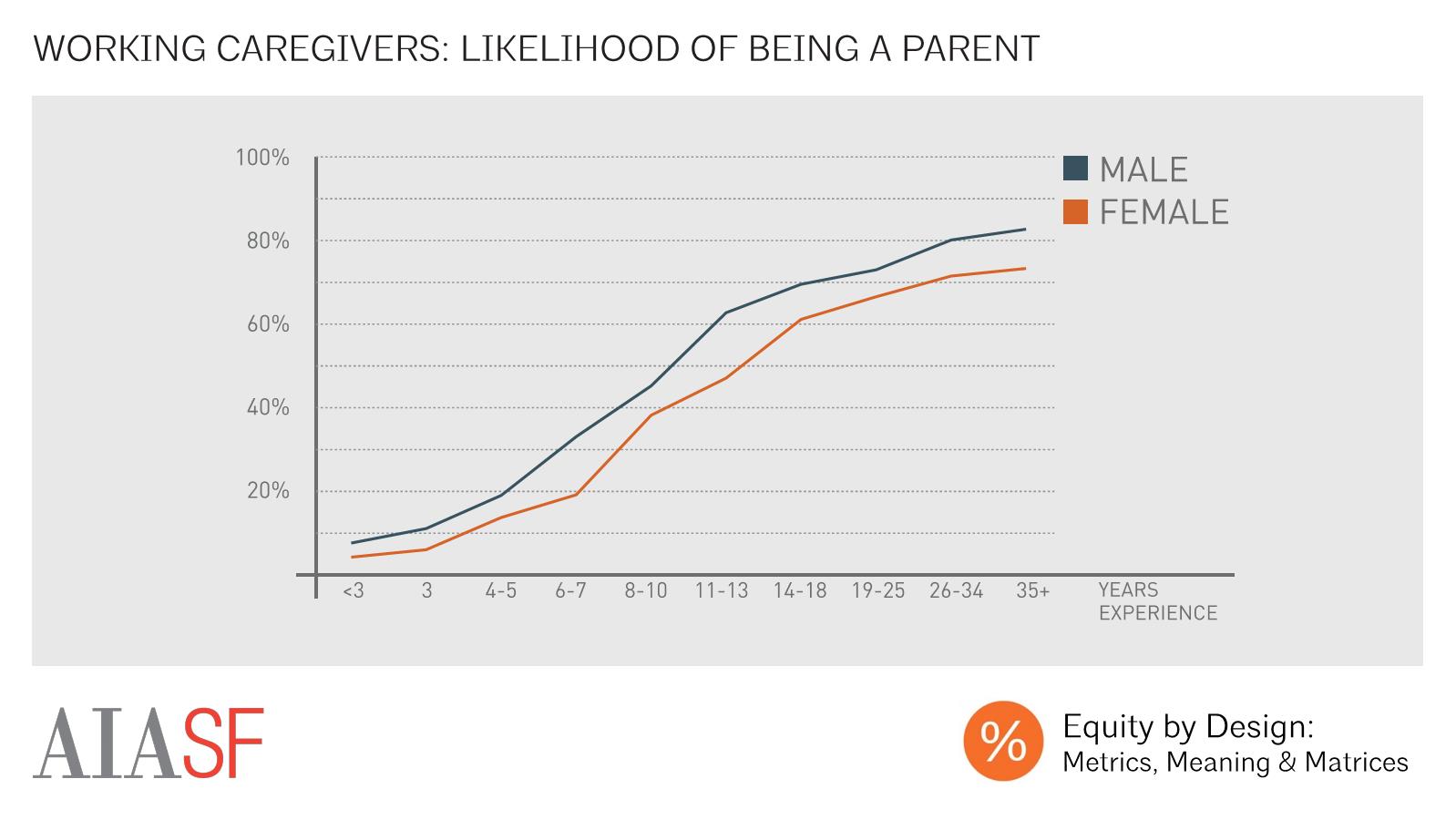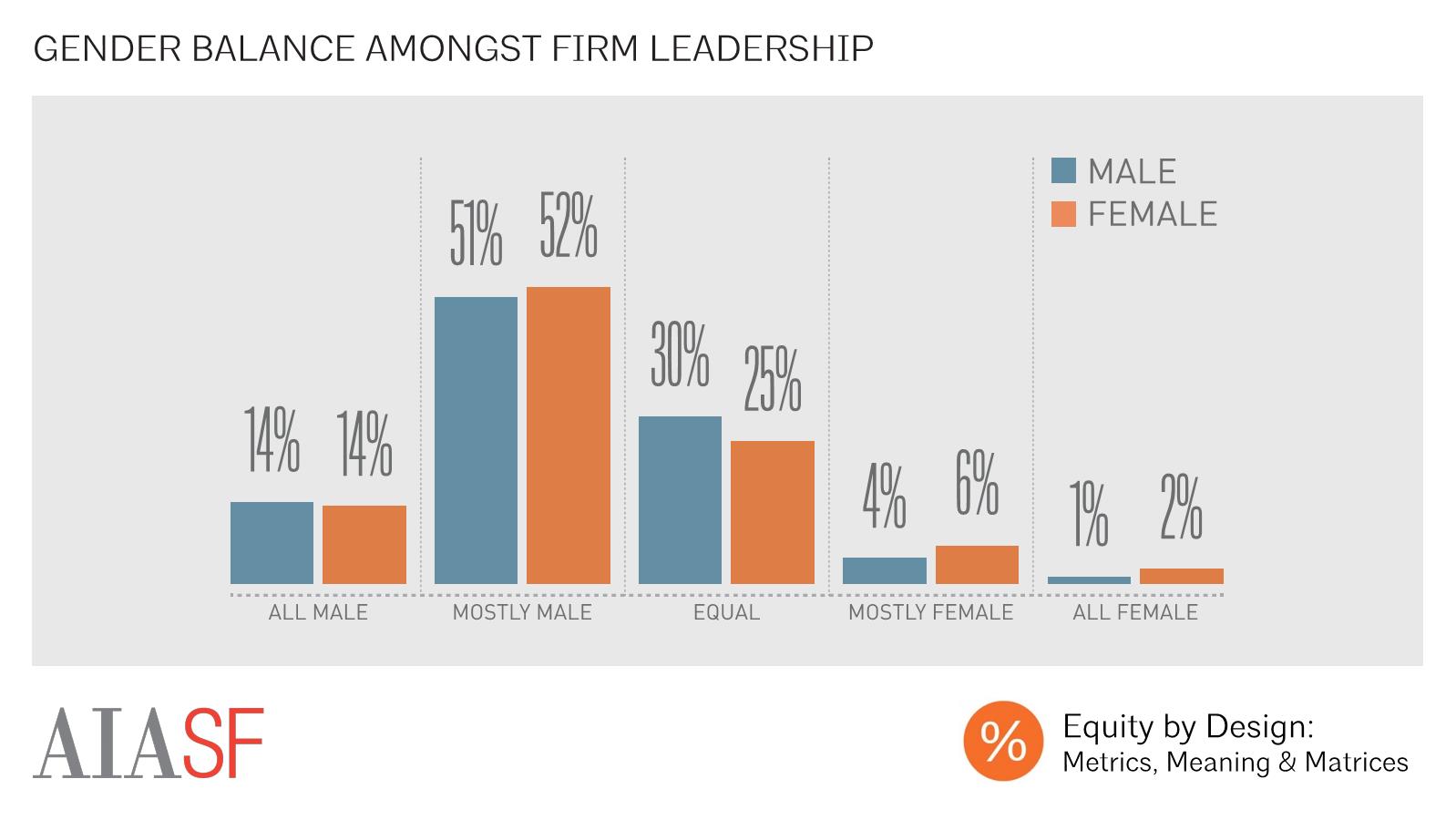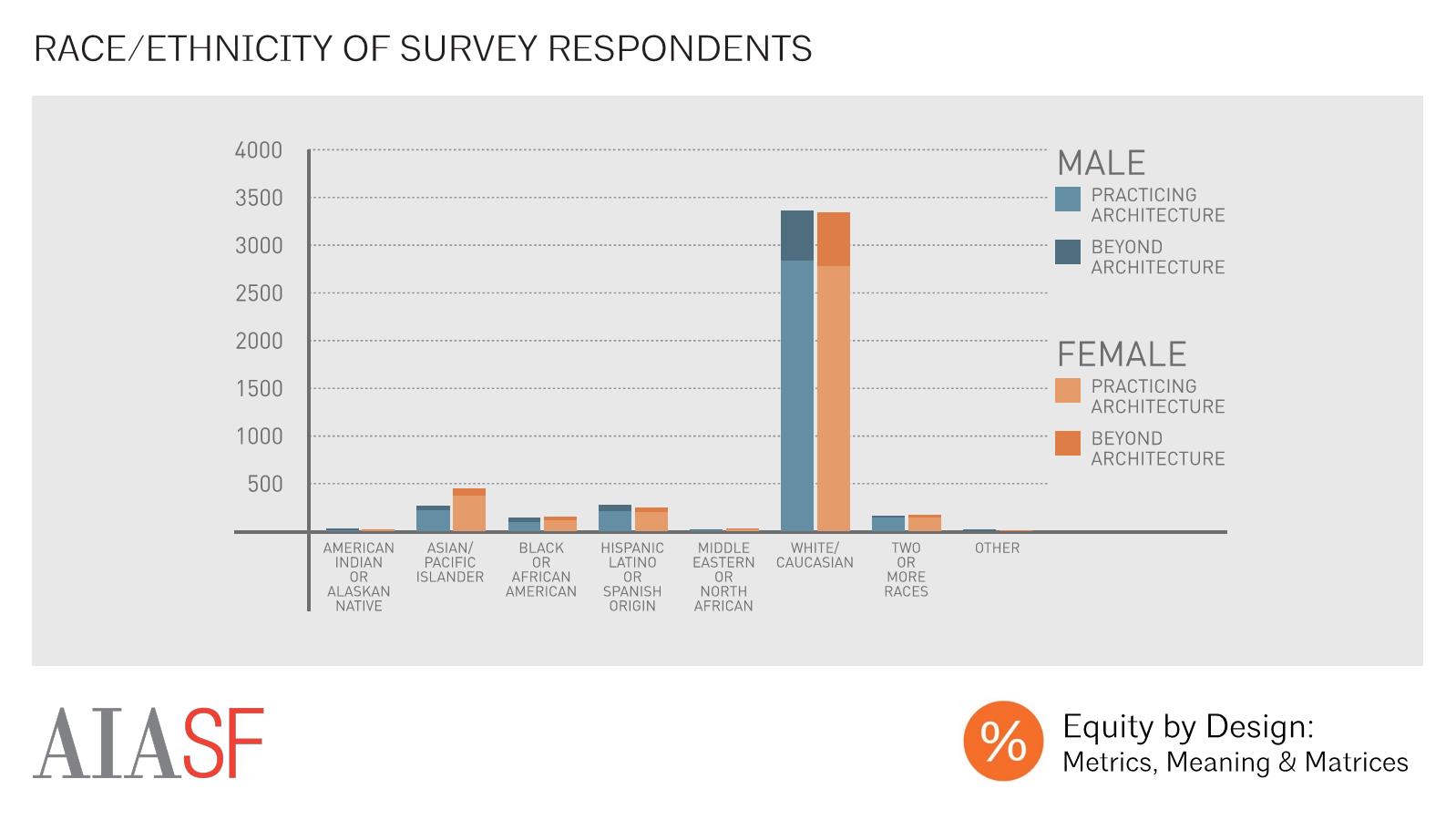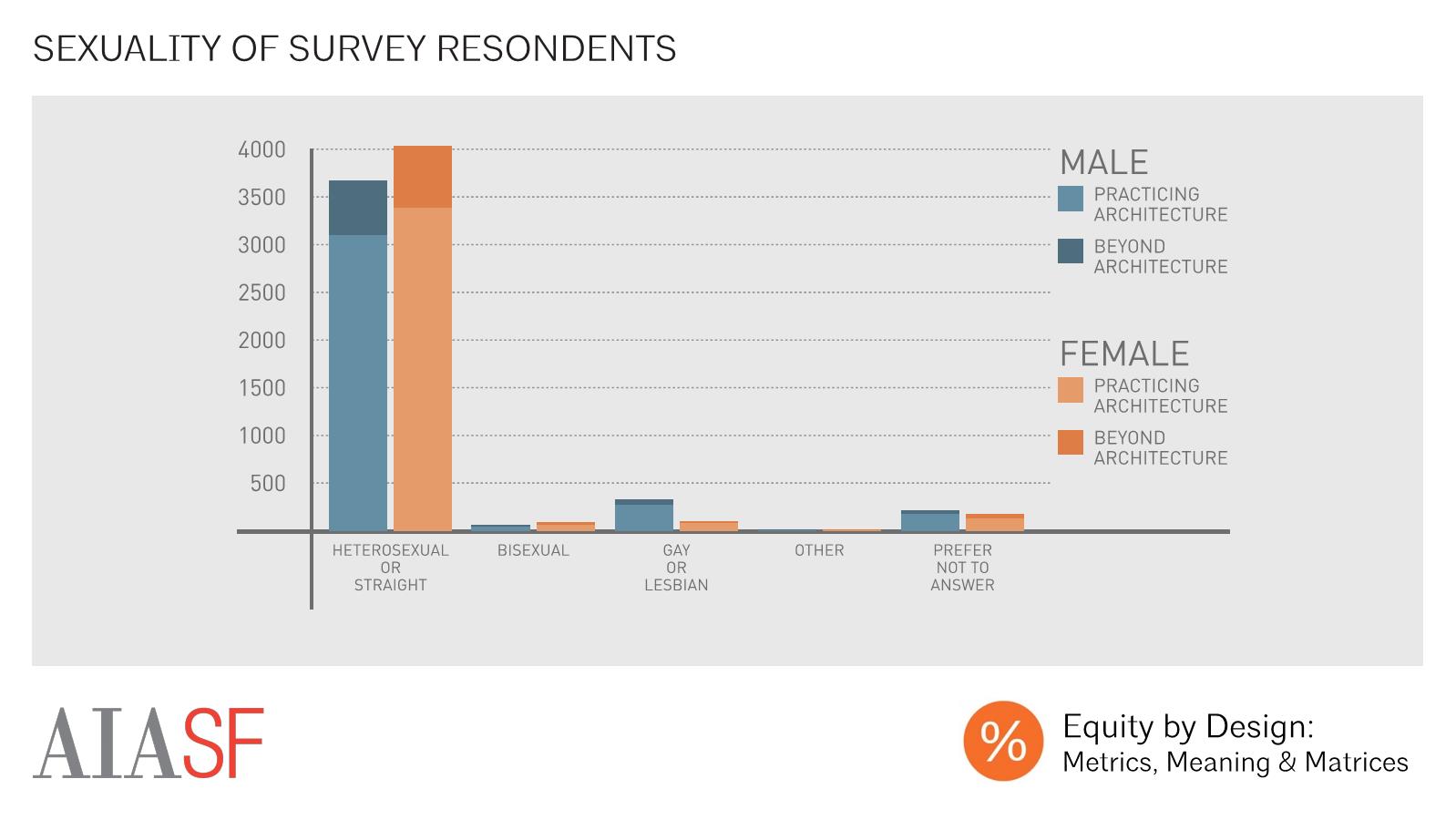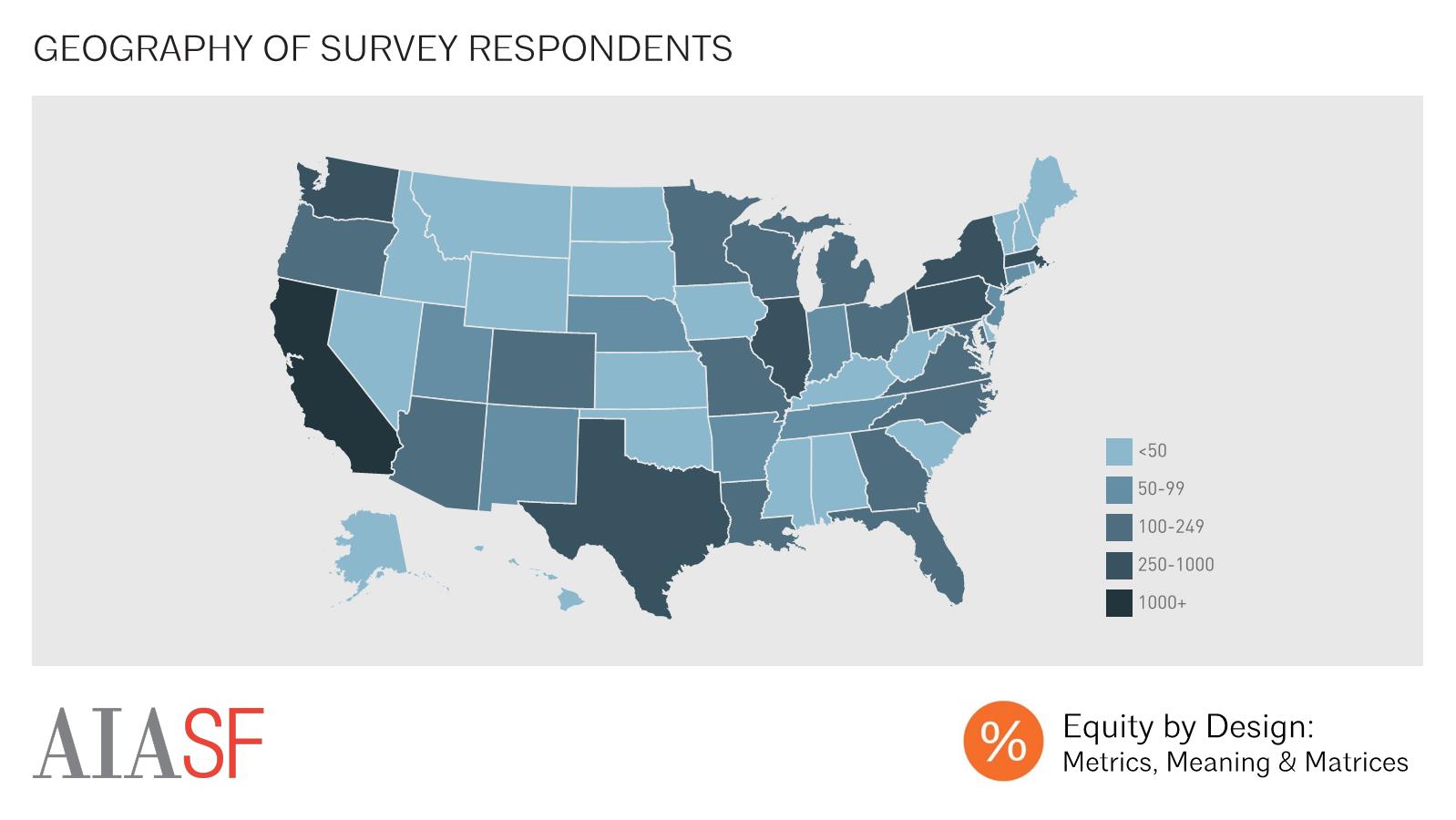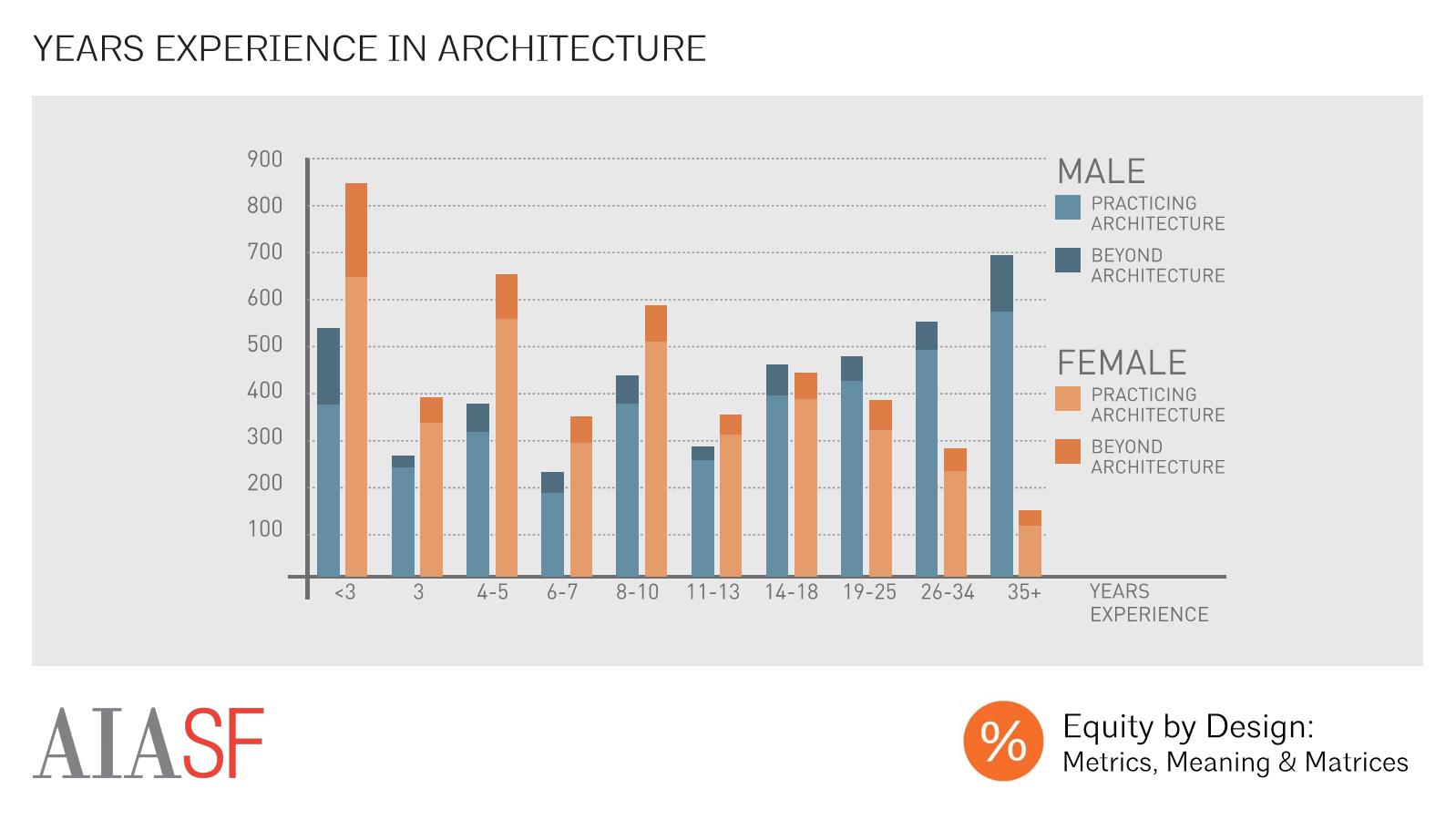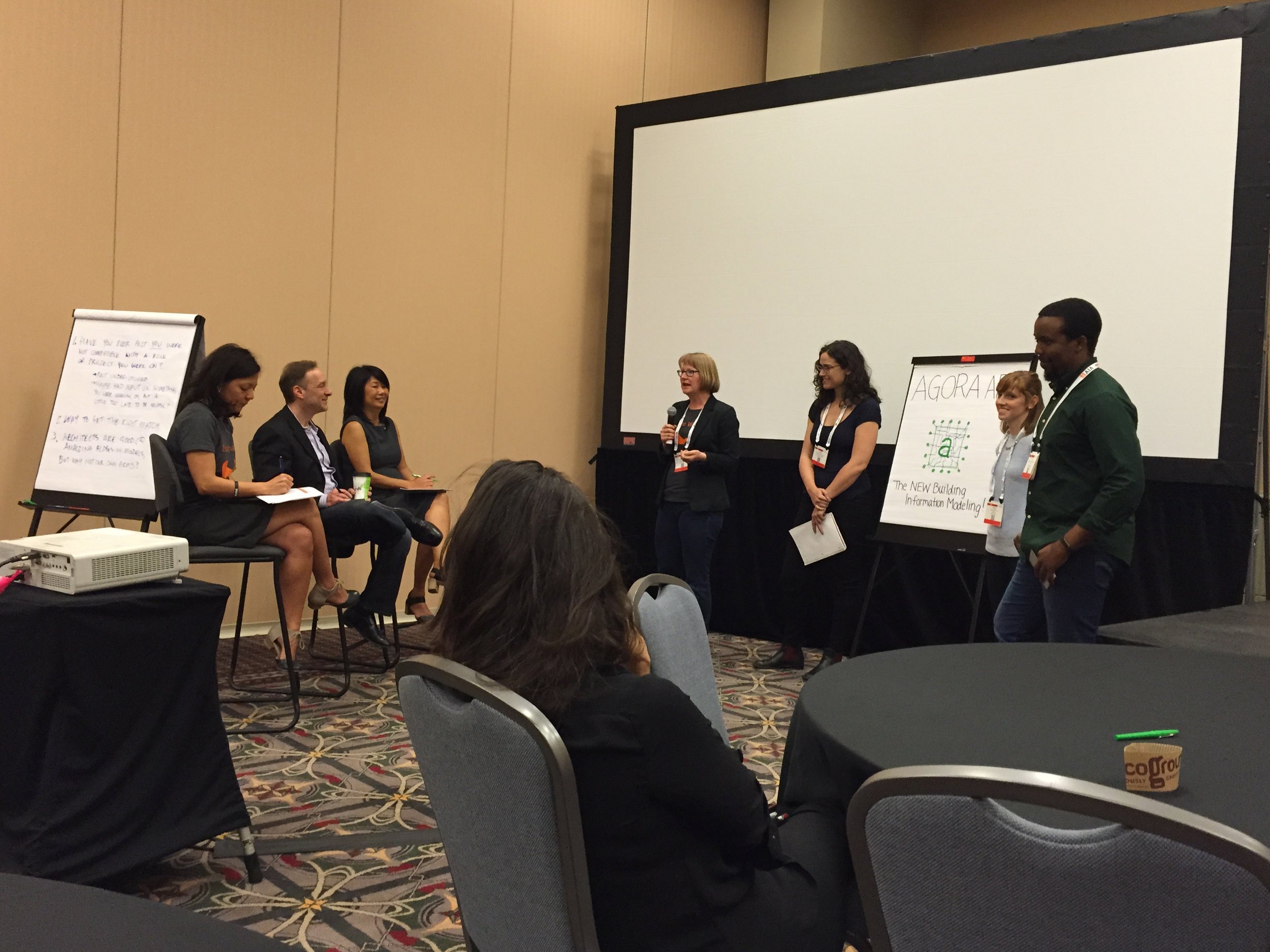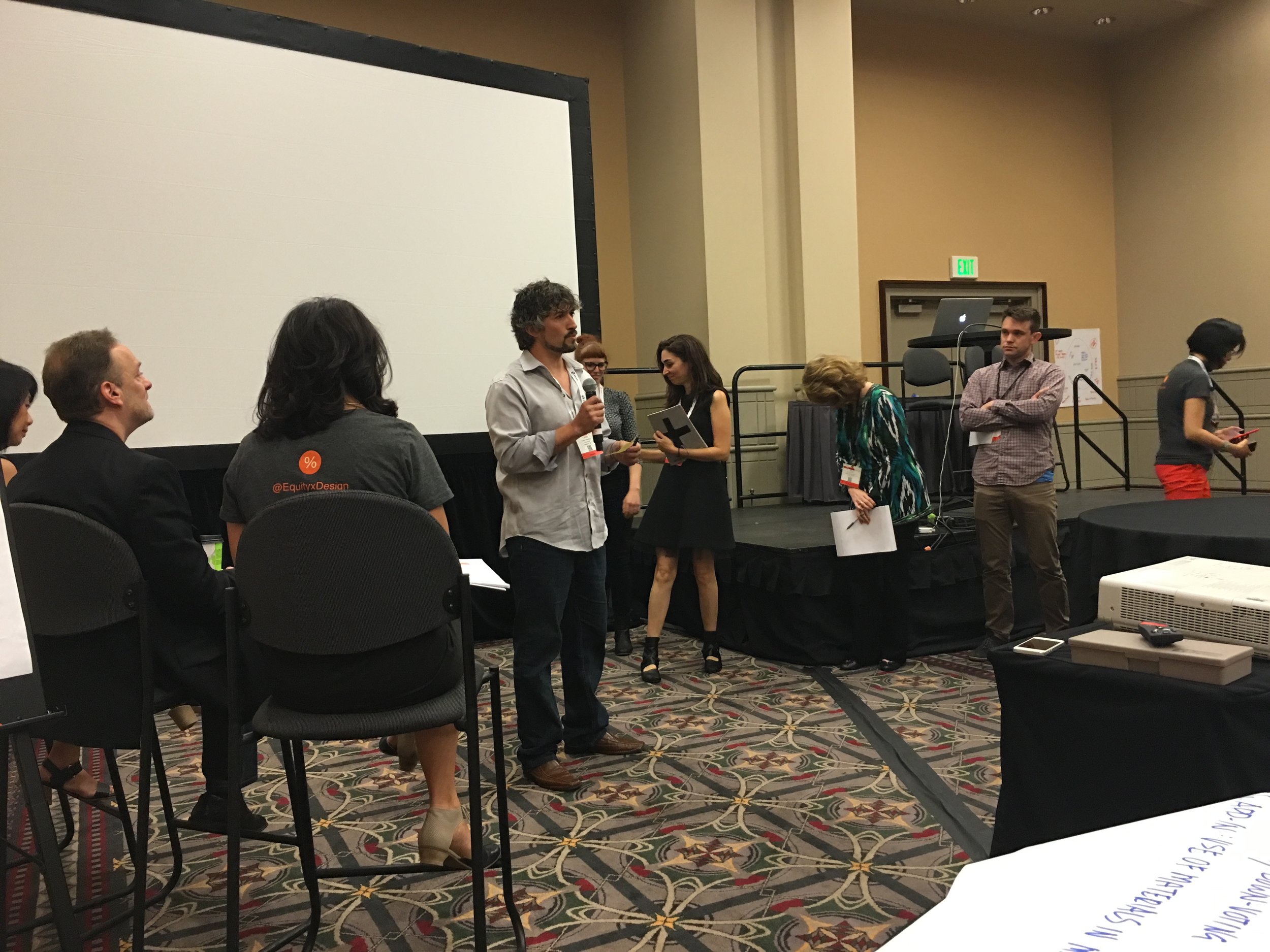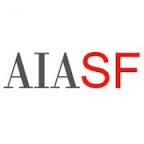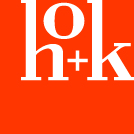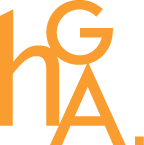by Julia Mandell, AIA - Equity by Design Co-Chair
The inaugural SEAONC/SE3 Symposium, held on Thursday, January 26th, 2017, was invigorating and inspiring - a chance to understand the state of equity and engagement in the profession of structural engineering - through lively panel discussions to get a sense of the possibilities for a different kind of practice.
Equity is not just an issue in architecture - things are similarly dire in structural engineering. According to 2016 numbers from the Bureau of Labor Statistics, 11% of civil engineers (of which structural engineering is a subset) are women. There is also evidence that women leave the profession in greater numbers than men – one in four female engineers leave the field after age 30, compared to only one in 10 male engineers, according to the Society of Women Engineers.
A committee of the Structural Engineering Association of Northern California (SEAONC) the Structural Engineering, Engagement, and Equity (SE3) Project was created in 2015 to address this state of affairs. In 2016, the SE3 Project conducted a survey to assess conditions in the profession and garner an understanding of factors that contribute to a lack of diversity in the profession and low engagement among all engineers. The group’s first Symposium, entitled ‘Listen, Assess, Change,’ used the survey data to ground and energize a series of discussions about current practice and strategies for change.
Listening to the Evidence
The centerpiece of the event was the presentation of the results from the group’s 2016 survey. These results were illuminating, offering a number of striking findings that shed light on specific conditions getting in the way of increased engagement for all engineers and potentially leading to higher rates of departure for women in the profession. Some key findings:
1. Those in charge think they’re doing a better job at managing than their staff does.
The survey found that principals were 43% more likely than those in all other positions to “agree” or “strongly agree” that expectations for advancement were clearly communicated and less likely to feel than more management training is needed in their own firms.
2. Mentorship makes a big difference.
Over half of all respondents indicated that they had at least one mentor who strongly influenced their career. 83% of these respondents reported being either “satisfied” or “very satisfied” with their career advancement/trajectory, while of respondents who reported that they did not have a mentor, only 67% reported being either “satisfied” or “very satisfied”.
3. There is a significant gender pay gap.
The survey found a notable difference in pay between men and women, one that increasingly widened with more years of experience and in more senior positions. The most extreme pay gap was present for principals, with men making $52,000 more on average than women.
4. There is a stigma towards those who care for children and take advantage of flexibility benefits.
Although 51% of respondents had children, the survey indicated a stigma associated with employees who care for children and a disinclination to use flexibility benefits. For example, only 19% of respondents reported that they had taken time off for parental leave.
This data creates a strong argument for making changes to practice in order to increase engagement and correct for gender inequities. As part of their survey presentation, the SE3 group offered a set of best practices that included more management training, increased programming to foster mentorship, annual pay audits to correct for pay discrepancies between genders, and initiatives to empower staff to use flexibility benefits.
Much of the SE3 findings dovetailed productively with the results of the 2016 Equity in Architecture Survey. I shared this relevant data at the SE3 Symposium as part of a presentation on the work of Equity by Design. Like the SE3 survey, the 2016 EQiA survey found that mentorship had positive correlations with the satisfaction and career success of architects, especially women. The EQiA survey findings also indicated a significant gender pay gap across all levels of practice, like the SE3 survey, and bolstered this finding with data about negotiation practices: equal numbers of male and female respondents reported negotiating over salary. This result makes it clear that the pay gap data cannot be explained simply by saying that women don’t negotiate.
These similar results from two allied fields begin to create a broader picture of the conditions of practice within the AEC industry, and illustrate the need for change in both fields to achieve equity.
Assessing Practice and Envisioning Change
At the Symposium, panel discussions and presentations enriched as well as enlarged the picture of current practice offered by the SE3 data. The opening keynote speaker, Maryann Phipps, President of Estructure, spoke about her own experience as a pioneering woman in structural engineering and offered some thoughts about the future of the profession.
A panel entitled ‘Assess’ focused on the experiences of four practicing professionals. Many of their stories spoke to the need for more flexibility in practice and the challenges of balancing personal life and career, whether as a parent or as a single person. Joel Villamil, Senior Associate at Marx Okubo Associates, spoke about his decision to leave traditional practice for a more flexible position in development consulting that would allow him and his wife to more easily co-parent their three small children. Janiele Maffei, Chief Mitigation Officer of the California Earthquake Authority, recounted her decision to work as a sole practitioner while her children were young. Meanwhile, Emily Guglielmo, Principal at Martin/Martin, Inc., related her thoughts on work-life balance as a managing principal and mother of three children under ten. Taryn Williams, Senior Project Manager at Simpson Gumpertz & Heger, shared her experience taking a three month sabbatical to recover from burn-out and reassess her career goals and trajectory.
The closing panel, entitled ‘Change’, offered a way forward: Three change makers shared their expertise and offered strategies that attendees could implement at the firm level to move towards increased equity and engagement. Krista Looza, Associate Principal and Regional Office Manager at Buehler & Buehler, Inc. spoke about empowering her junior staff to contribute to management decisions. Saska Dennis van-Dijl, Principal Consultant at Cameron MacAllister and member of the Equity by Design core team, emphasized the importance of making the business case for diversity to firm leaders and clients. Emily Loper, Policy Manager at the Bay Area Council, shared workplace policies that can increase equity, like pay audits to correct for gendered discrepancies in pay.
Together, the SE3 survey data, the stories shared by current practitioners, and the strategies for change relayed by experts resulted in an inspiring event that offered a variety of ideas to both individual and firms who want to work to increase engagement and equity in structural engineering. More work is needed, but the SE3 Project has offered an inaugural vision and strategy to assist structural engineers in moving forward with that work.
















